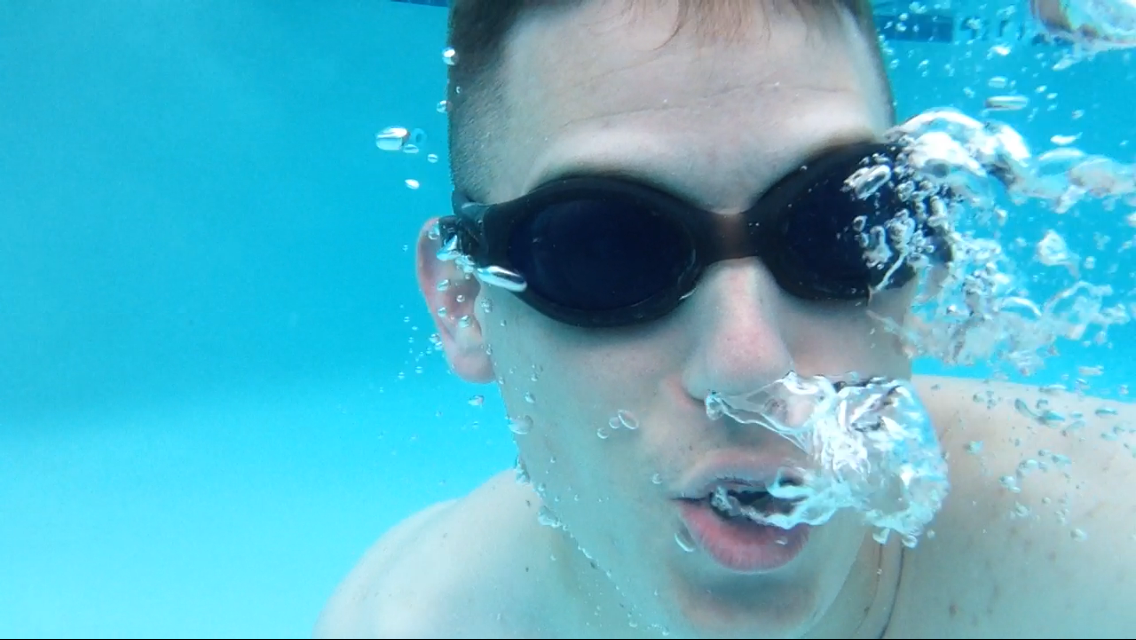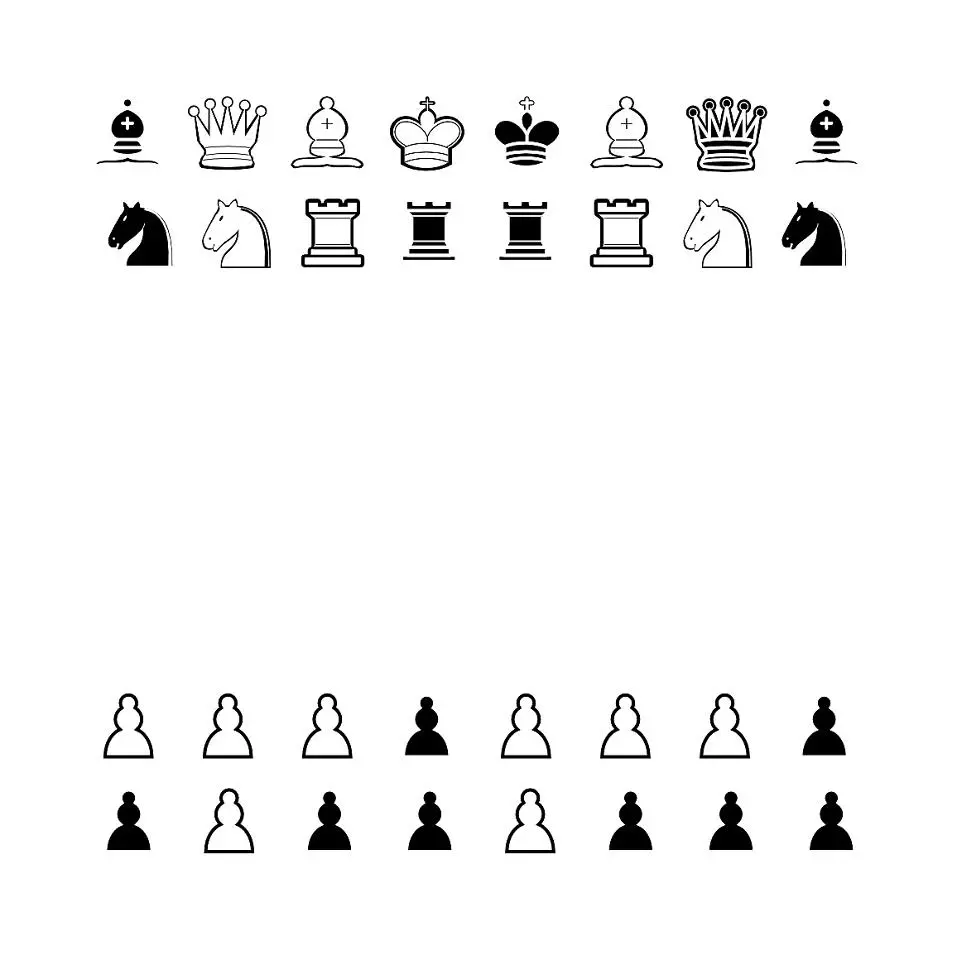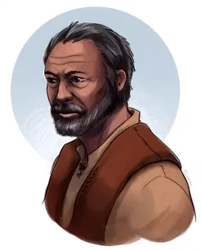You shall not pass!
miata or sport/naked motorcycle: weeee
tall suv/truck: ooommmgaaah
My GTI would be perfect once she’s running again
GTI gang!
Next step is a 3” downpipe and a stage 2 tune. Then maybe a new rear sway bar.
I think that a solution to people buying increasingly huge SUVs and trucks is making more roads like these
I don’t think it would work. In rural locales where the roads are all twisty like this or even moreso — I travel several regularly that are not even wide enough to be two lanes — everyone already exclusively drives a pickup truck.
I would bring my RXB and I would absolutely catch some air off of that second hump.
(…I’ll bet you the local cops know all about it, too.)
Sort of like the natchez-trace highway in the south. It’s got a speed limit of something like 50mph, and the cops loooove to sit on it. I want to do an ironbutt on it with my scooter, but that requires a 46.something average speed. There’s a challenge there that I just love.
I’d take that on my cruiser in a heartbeat. That looks like fun.
Chrysler PT Cruiser or Toyota Land Cruiser?
HMS Furious, the courageous-class battlecruiser of the royal navy
Yes, I was thinking this would be a lot of fun in Mario Kart on 150cc.
There are roads just like this and more all over rural America. This stretch of curvy road is apparently on State Highway 42 in Wisconsin someplace. It is quite a wiggly stretch, but I suspect the perspective has been intentionally foreshortened here to make it look even more extreme than it is.
Similar camera field of view tomfoolery results in infamous images like this one…

…Where traffic appears to be driving up a sheer wall.
Viewed from the side the bridge in question is still pretty steep, but looks considerably more tame.
A sufficiently large zoom compresses space to make things appear closer than they are. That’s how photographers make the moon look gigantic on a vista. Add that along with extremely small aperture will create a look as if things are close and totally within focus to give a surreal look. The focal distance trick only really works if you have close foreground though.
Still seems like that road could have been paved straight down the middle.
Possibly not. It’s on a narrow spit of land that sticks out into Lake Michigan. It’s probably as meandering as it is to stay on the thickest plots of dirt, to prevent sinking into the lakebed.
There are various engineering solutions that could overcome this, for sure, but they’re all expensive.
I would do so many things to drive that road like a madman. Close course, obv.
Looks like a vehicle test road.
Or AI slop
Looks like it, but ain’t. This patch of road is real:
Yeah really doesn’t look as tightly curved on google maps: https://maps.app.goo.gl/N1AcviQ2eUTrzmZe9
when you call anything that’s ai generated “ai slop”, ai slop doesn’t mean anything.
you may disapprove aigen. In which case you should express your opinion in a more appropriate manner.
Who pissed on your matrix operations?
I get what the engineers and city planners were trying to do, but the implementation is a little “extreme”.
Curves and bends in roads are used to keep drivers “awake” and alert to “changing conditions”, helping to keep concentration on the road infront. It also acts as a natural “traffic calming” measure to keep vehicle speed close to the signed or designed speed “naturally”.
Straight roadway design generally leads drivers to slowly increase their speeds unintentionally as they become “comfortably” on a straightaway. It also makes the drive feel boring or “forgetable” which can be a signal a driver is starting to zone-out or loose concentration on what they are doing.
More gradual bends to meet the roadways designed and intended speed would have looked like this. The bends radius increases as the roads “design speed” increases. Similarly as the “designed speed” decreases the bends radius needs to decrease.

Me deciding what to eat
Pump track for cars.









